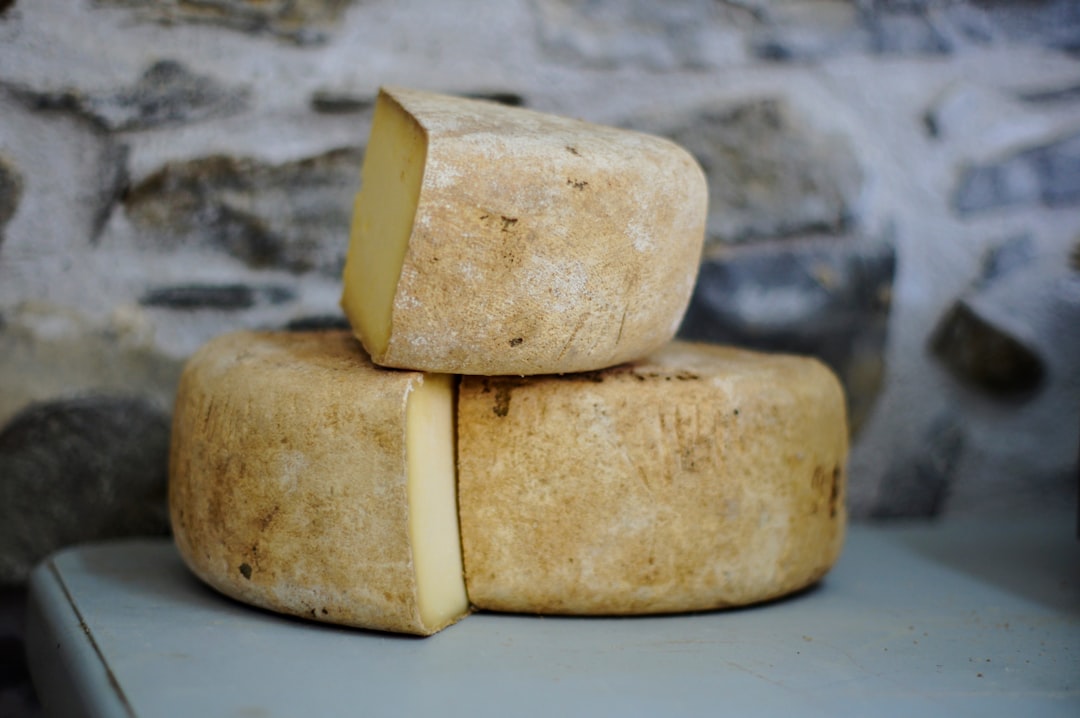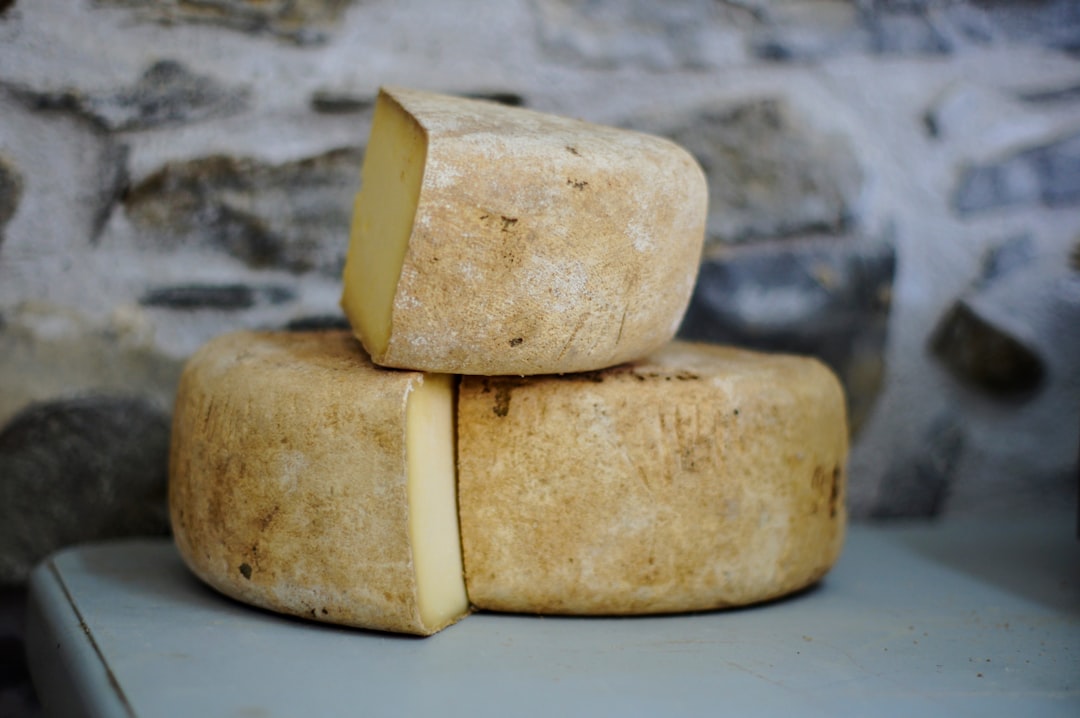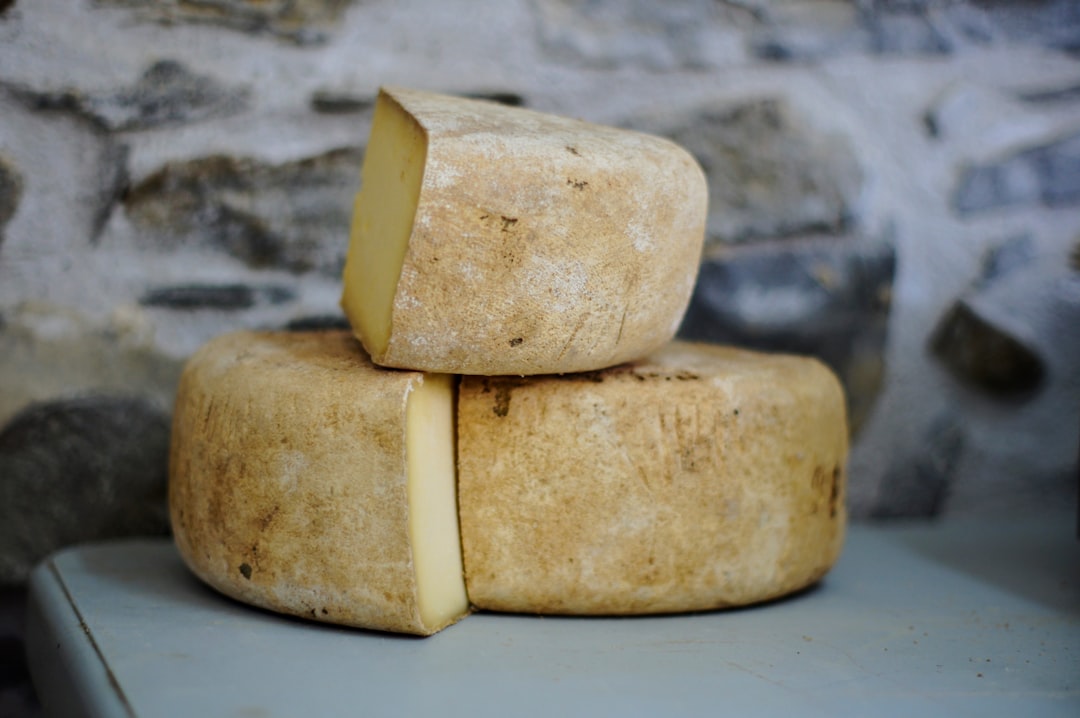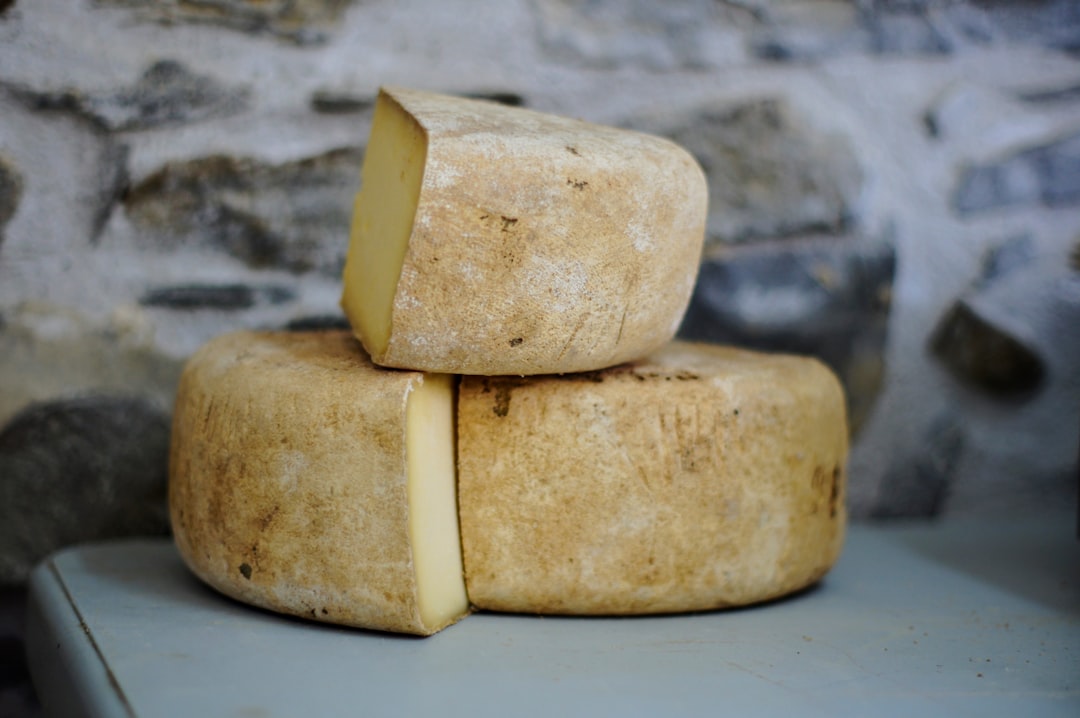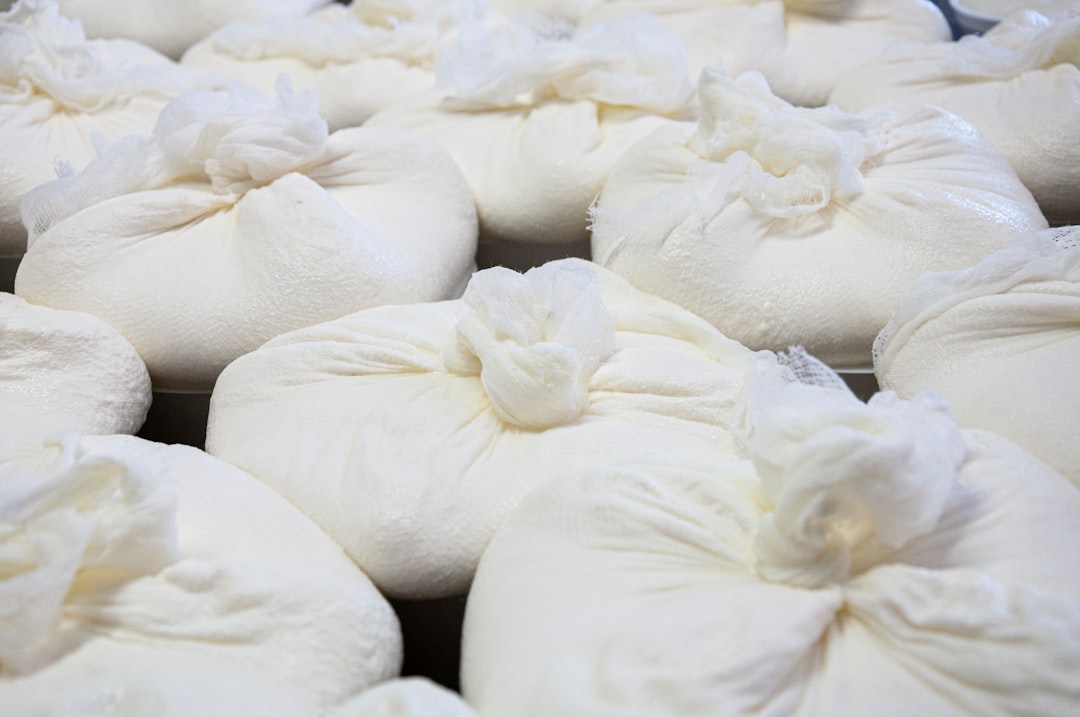Dairy
The relationship between humans and dairy is as deeply intertwined as the strings of a harp. Dairy products, such as cheese, milk, and yogurt, have been providing sustenance and delight for centuries, and in many cultures, these simple creatures from the bovine family have come to occupy an integral role in life. From queso fresco to crème fraîche, there is no question that dairy has become a cornerstone of global gastronomy.
This isn't to say, of course, that the dairy industry has always been innocent of ethical dilemmas or environmental impact. As the industrialization of dairy farming has escalated, so too has its capacity to contaminate waterways and pollute the land. Moreover, factory farming practices utilized in the dairy industry have long been subject to criticism—and rightfully so. While emissions can still be reduced, the industry has come a long way in terms of investing heavily in renewable technologies and renewable energy sources to reduce its carbon footprint.
But despite the controversy, there is something special about dairy products. These simple foodstuffs can be used to create a seemingly infinite variety of dishes, and even act as ingredients for some iconic culinary creations like macaroni and cheese, fondue, and cappuccino. And some of the best cheeses in the world, from provolone to gouda, owe their flavor and texture to traditional cheese-making techniques.
What is more, milk has long been considered a nutritious drink essential for growth and development. Cow's milk is particularly rich in protein, fats, and calcium, which are all key nutrients for young children and teenagers alike. Even those with dietary restrictions may be able to enjoy dairy in one form or another, thanks to lactose-free milk and other dairy-based alternatives.
Indeed, dairy has been a source of sustenance and joy for humanity for generations, and it is unlikely that this dynamic relationship will change anytime soon.
Dairy dishes
A selection of Dairy dishes.
Quesu Cabrales
Quesu Cabrales is one of the most exquisite culinary creations to ever grace the Spanish dining table. It is a delectable cheese dish that hails from the humble province of Asturias in Northern Spain, where it has been lovingly prepared for centuries.
Quesu CabralesIdiazábal cheese
Idiazábal cheese is a unique treasure of Spanish gastronomy, forged in the remote highlands of Navarra and Gipuzkoa. It is a traditional semi-cured cheese whose distinct flavour and texture have been appreciated and treasured for generations.
Idiazábal cheeseGarrotxa cheese
Garrotxa, an exquisite Catalan cheese from Spain, has been turning heads and tantalizing taste buds for centuries. With its unique earthy flavour profile, buttery smooth texture, and nutty aroma, it's no wonder this cheese has become an international sensation.
Garrotxa cheeseManchego cheese
Manchego cheese is one of those rare delicacies which has the ability to transcend mere culinary experiences. This piquant, yet nutty cheese is created from the milk of ewes raised in La Mancha, a legendary region of Spain best known for Don Quixote’s chivalric adventures.
Manchego cheeseMató cheese
Mató cheese, a Catalan delicacy, is a unique treat made from fresh cow’s milk that tantalizes the taste buds and delights the senses. This mild-flavored, soft-textured cheese has been an essential part of Catalan cuisine for centuries, and continues to be enjoyed today in many different forms.
Mató cheeseTorta del Casar
If you’ve been searching for a culinary experience that’s truly extraordinary, look no further than the Torta del Casar. Hailing from Extremadura, Spain, this delectable dish is unique in its herbaceous flavor and its legendary ability to tantalize the taste buds.
Torta del CasarDairy
Dairy often gets overlooked when it comes to food pairings and typical dishes, yet it really shouldn't. Dairy has an incredibly unique flavor profile and provides some amazing options when it comes to bringing something new and exciting to the table.
A great food pairing for dairy is other dairy-based products. Cheese, yogurt, and even butter can bring a delightful richness to dishes that otherwise might be too mellow or one-dimensional. For example, cheese plates, fondue, creamy soups, and cheesy pasta are some great ideas.
Dairy also pairs amazingly with other flavors like garlic, onion, herbs, and spices. These ingredients all add a whole new level of flavor to a dish that can really make it stand out. Garlic and dairy make a great combination in pesto, while onions are great to top off cheese-filled quesadillas. Similarly, adding herbs like basil and dill to creamy dips and sauces can be a game changer.
When it comes to typical dishes featuring dairy, there is no shortage of options. From macaroni and cheese to quiche and cheesecake, dairy can be the star of a dish or a subtle flavor enhancer. It can be used to create warm and comforting casseroles, lasagna, shepherd's pie, and much more. Dairy can also be part of a delicious breakfast or brunch menu, from French toast to blueberry pancakes and scrambled eggs.
In conclusion, dairy often gets overlooked for its potential culinary uses, but it's a great addition to any meal. Its versatility and unique taste make it a great option for food pairings, typical dishes, and more. So if you're looking to add a bit of texture and flavor to your next meal, don't forget to include dairy.
History of Dairy
Dairy food is a staple of modern dietary habits, and one that holds a particularly exalted place in the hearts and minds of many. But where did dairy products come from? How did they develop into the beloved items we know today?
The history of dairy production stretches back to the dawn of humanity, when nomadic hunter-gatherers first began to settle down and start producing their own food. This could have been as early as 20,000BC, depending on which experts you ask.
These early farmers began to breed animals and milk them for their delicious and nutritious milk, as well as using it to make cheese and other dairy goodies. The methods of dairy farming varied widely between different cultures, but the basics were the same: milk cows and other livestock and use their milk to create new and interesting food.
The practice of dairy farming slowly expanded over time, with different cultures refining the methods and developing new kinds of cheese, yogurt and other dairy treats. The earliest documented use of milk was in the Middle East, but it quickly spread across Europe and, eventually, the world.
In the United States, dairy production really took hold during the 19th century, with the trifecta of cow’s milk, butter and cheese forming the core of the American diet. By the 20th century, America had firmly established itself as the dairy-producing powerhouse it is today, with the industry generating billions of dollars in revenue every year.
As the dairy industry continues to grow, new and interesting forms of dairy products are continually being developed — from Greek yogurt and lactose-free options to artisanal cheeses and farm-to-table milk. Whether you’re a fan of the classic staples or prefer to explore the cutting edge, there’s something for everyone in the wonderful world of dairy!
